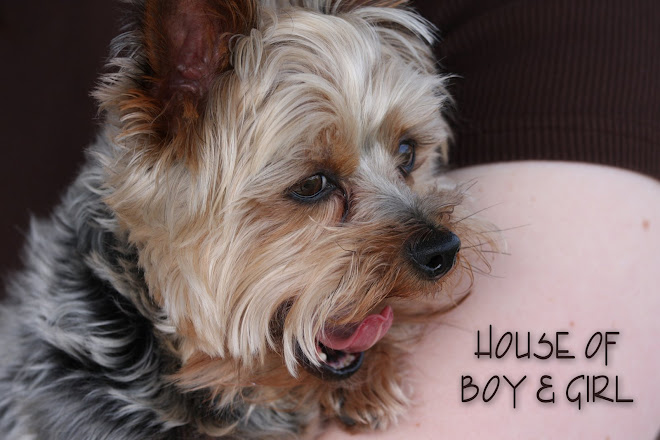After testing three different pieces of HDR capable software, I finally settled on one called Dynamic-Photo HDR. It was a) the easiest to use, b) the most fun to play with, and c) the cheapest, which made it an easy choice. So, now we have all of our HDR shots from our Colorado trip done without the pesky watermarks and advertisements. I tend to like the slightly over-colored processing and Jeff likes them to still look realistic, so here's what I ended up with tonight:
My only complaint is that you can see some of the flowers are misaligned due to wind in what I think was our best shot, the one with the cabin. Perhaps someday I'll spend a lot of time Photoshopping that area of the picture to use only one of the exposures instead of all three.
Maybe someday I'll go all crazy on one of these photos so you can see Maroon Bells on a stormy day or something dramatic like that. But, for now, I'll just stick with the more boring processing.
3rd Grade Girls Basketball
8 years ago








2 comments:
ok, i've been wondering--what exactly is HDR?
HDR stands for High Dynamic Range. It helps you bring out more detail in the shadowy areas and more contrast in the bright areas. In the case of these pictures, we took three photographs in rapid succession and then blended them in to one picture. One photo was at the correct exposure, one was underexposed, and one was overexposed. When you combine them together, you get more detail and more vivid colors.
I'll add a link on my sidebar to a place called "Stuck in Customs" so you can see some more examples of this type of photography. This guy does more of the not-so-realistic processing on his, but I think they're really neat.
Post a Comment